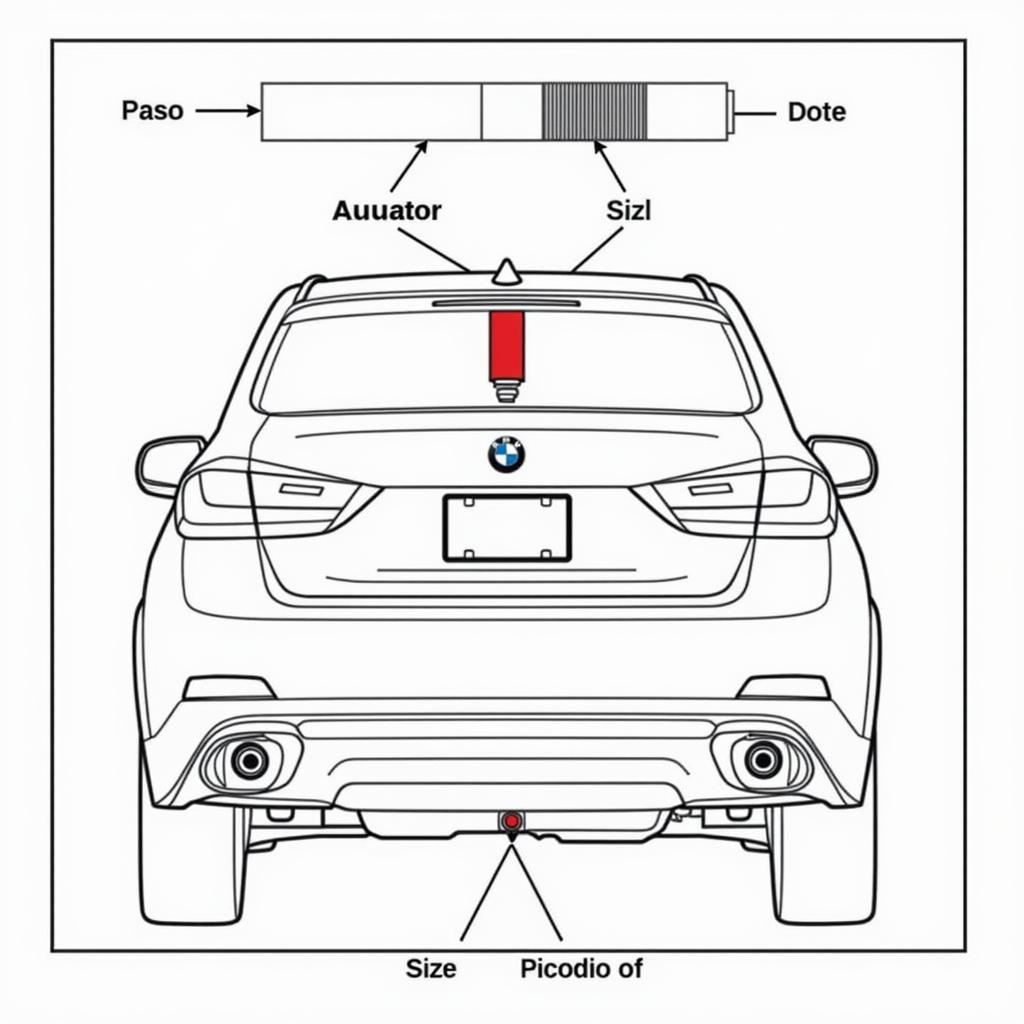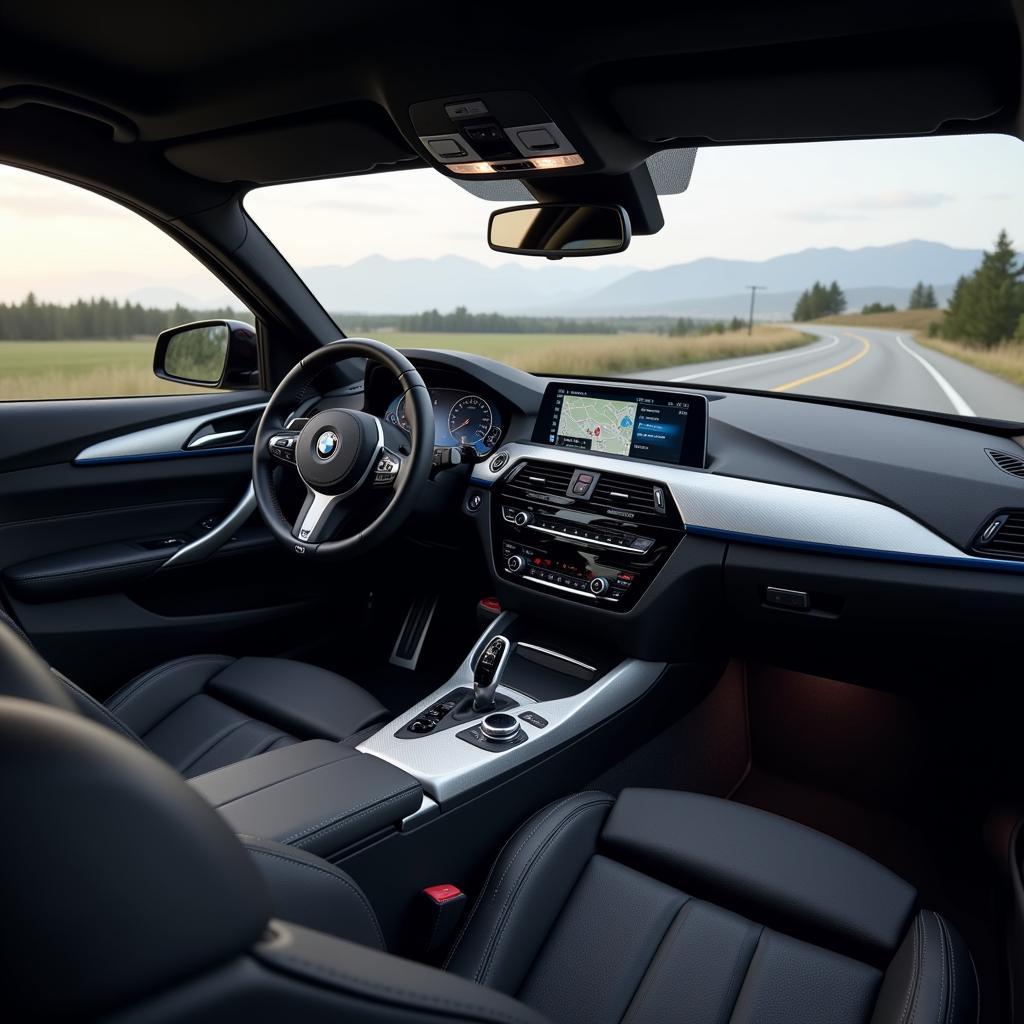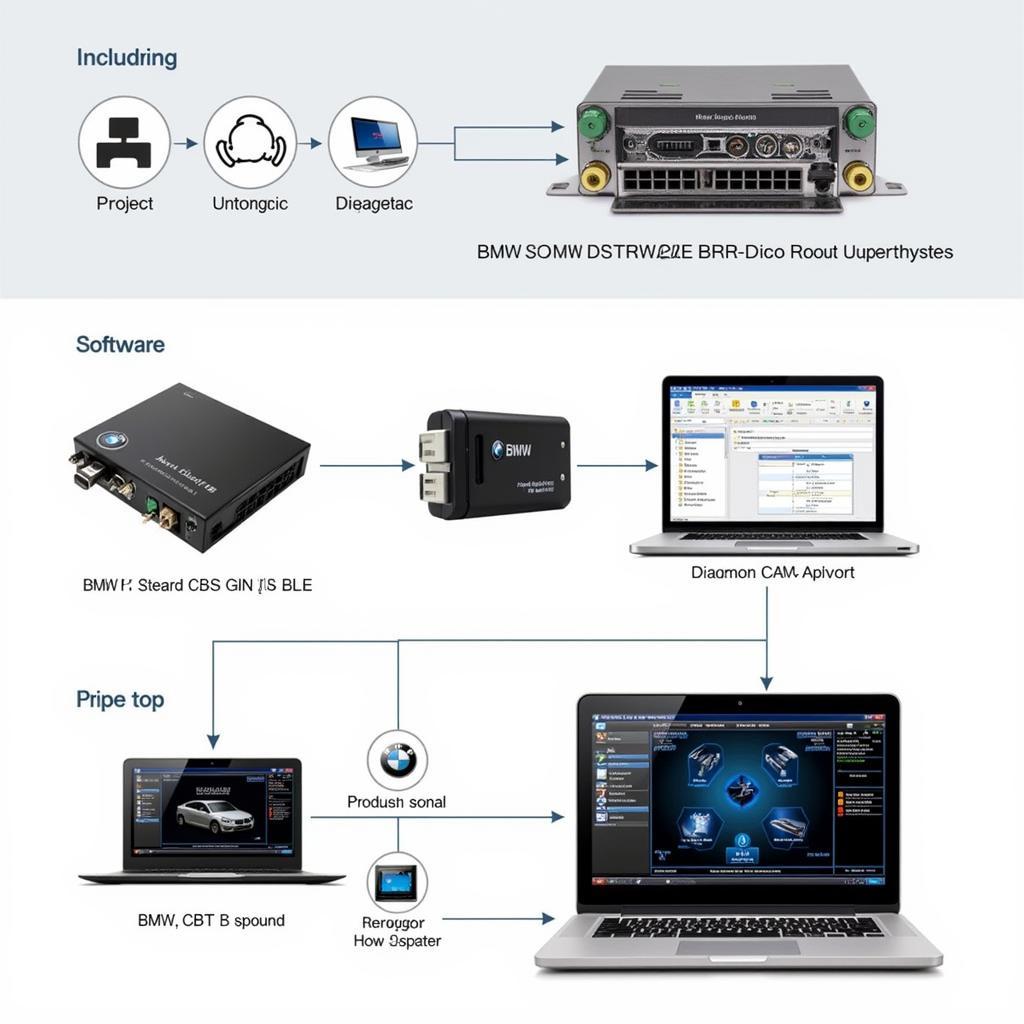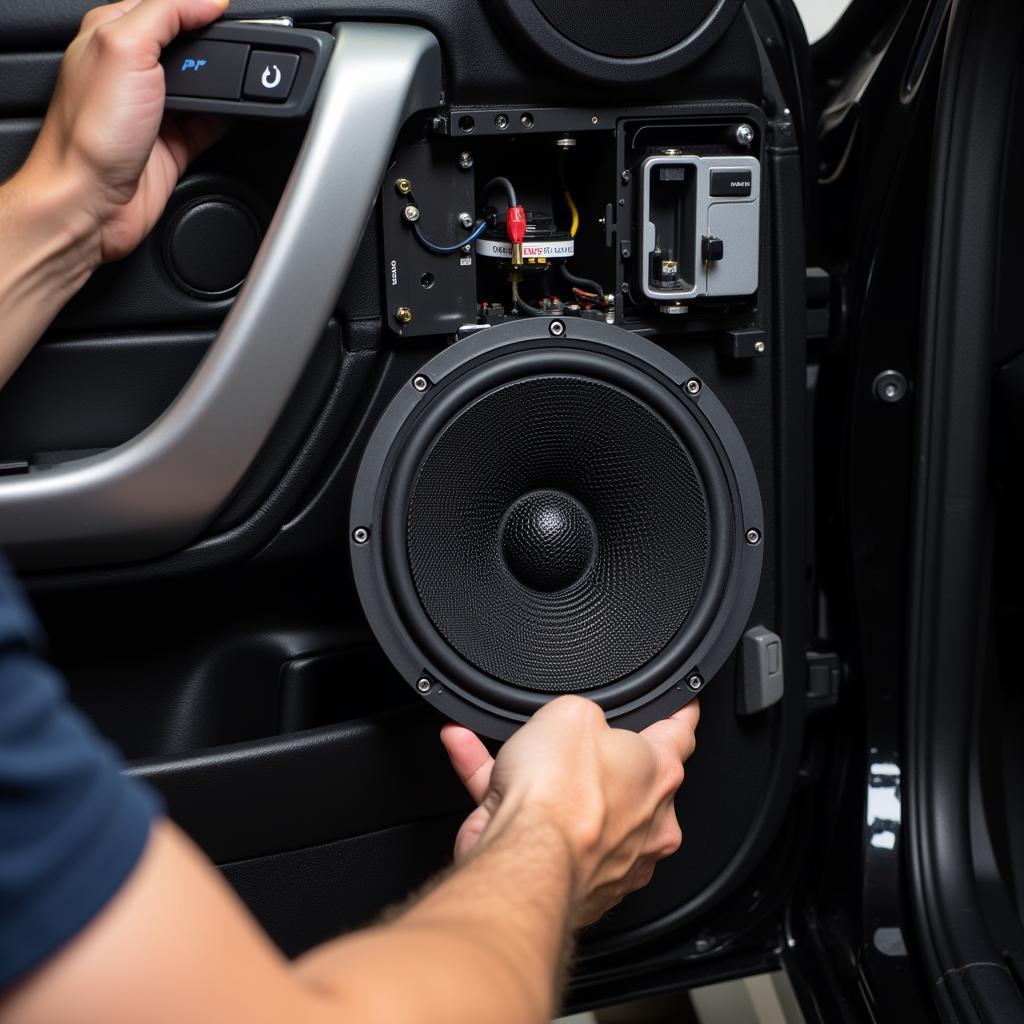BMW Active Sound Design transforms the aural experience of diesel engines, injecting a sportier, more engaging sound into the cabin. This technology bridges the gap between the refined purr of a diesel and the aggressive growl often associated with performance vehicles. This article explores the intricacies of BMW Active Sound for diesel engines, covering its functionality, benefits, common issues, and potential solutions.
Understanding BMW Active Sound for Diesel Engines
Active Sound Design isn’t about simply amplifying the existing engine noise. Instead, it utilizes a sophisticated system to synthesize and enhance the sound, creating a more dynamic and exciting auditory experience. This system typically involves a combination of an actuator, strategically placed within the exhaust system, and software algorithms that tailor the sound based on driving mode, RPM, and throttle input. The actuator generates sound waves that are then amplified and piped into the cabin through the car’s audio system. This allows for a wide range of sound customization, from a subtle hum at low speeds to a powerful roar under hard acceleration. The result is a driving experience that feels more connected to the car’s performance.
 BMW Active Sound Diesel System Components
BMW Active Sound Diesel System Components
The Benefits of BMW Active Sound
Beyond the sheer enjoyment of a richer engine note, Active Sound offers several tangible benefits. For many drivers, the enhanced sound provides a more engaging and connected driving experience. This can be particularly appealing in diesel vehicles, which are often perceived as lacking the auditory excitement of their gasoline counterparts. Moreover, Active Sound can mask some of the less desirable noises inherent to diesel engines, such as clatter and vibration. The customizable nature of the system also allows drivers to personalize their sound experience, choosing a profile that best suits their individual preferences. It can provide a sense of enhanced performance, even if the underlying engine performance remains unchanged.
 BMW Active Sound Diesel Interior Sound Enhancement
BMW Active Sound Diesel Interior Sound Enhancement
Troubleshooting Common Issues with BMW Active Sound Diesel
Like any electronic system, Active Sound can encounter issues. Common problems include a complete loss of sound, distorted audio, or intermittent functionality. These problems can stem from a variety of sources, such as a faulty actuator, damaged wiring, software glitches, or even incorrect coding. Diagnosing these issues often requires specialized diagnostic tools and software capable of reading and interpreting the fault codes stored within the car’s various control modules.
“A common misconception is that Active Sound issues are always related to the actuator itself,” says John Miller, Senior Automotive Diagnostics Technician at CardiagTech. “In reality, software problems are often the culprit, requiring a reprogramming or update to resolve.”
Solutions and Repair Options
Depending on the specific issue, solutions can range from simple software updates to more complex hardware replacements. If the actuator is determined to be faulty, replacement is usually necessary. Wiring issues can be resolved by repairing or replacing damaged cables. Software glitches often require reprogramming or updates using specialized diagnostic equipment. In some cases, incorrect coding within the car’s control modules can lead to Active Sound malfunctions, requiring expert intervention to rectify.
 BMW Active Sound Diesel Diagnostic Tools and Software
BMW Active Sound Diesel Diagnostic Tools and Software
Coding and Programming for BMW Active Sound
Coding and programming play a crucial role in customizing and optimizing the Active Sound system. This involves accessing the car’s control modules and adjusting various parameters related to the sound output. Coding allows for fine-tuning the sound characteristics, adjusting volume levels, and even enabling or disabling specific features. This level of customization requires specialized software and a deep understanding of the vehicle’s electronic architecture. “Through coding, we can tailor the Active Sound experience to perfectly match the driver’s preferences,” explains Sarah Johnson, Lead Software Engineer at CardiagTech. “This level of personalization is what makes Active Sound truly unique.”
Conclusion
BMW Active Sound Design offers a compelling way to enhance the driving experience in diesel vehicles. By understanding its functionality, benefits, and potential issues, drivers can make informed decisions about utilizing and maintaining this innovative technology. Keeping your BMW’s Active Sound system in optimal condition ensures a more engaging and enjoyable driving experience. If you’re experiencing any issues with your BMW Active Sound system, don’t hesitate to contact us.
FAQ
- What is BMW Active Sound? It’s a system that enhances the engine sound in BMW vehicles, particularly diesels.
- How does Active Sound work? It uses an actuator and software to synthesize and amplify engine sounds.
- Can I adjust the Active Sound settings? Yes, typically through the car’s iDrive system or via coding.
- What are common problems with Active Sound? Loss of sound, distortion, or intermittent operation are common.
- How can Active Sound issues be fixed? Solutions range from software updates to hardware replacement.
- Is Active Sound worth it? For those who crave a more engaging driving experience, it can be a valuable addition.
- Can Active Sound be retrofitted? In some cases, yes, but it depends on the specific BMW model.
Other Related Questions and Articles:
- Explore more about BMW Diesel engine performance tuning.
- Learn about common BMW diesel engine problems and solutions.
Need Help? Contact Us!
For assistance with BMW Active Sound diagnosis, programming, or installation, contact us via Whatsapp: +1 (641) 206-8880, Email: CARDIAGTECH[email protected] or visit us at 276 Reock St, City of Orange, NJ 07050, United States. Our 24/7 customer support team is ready to assist you.

